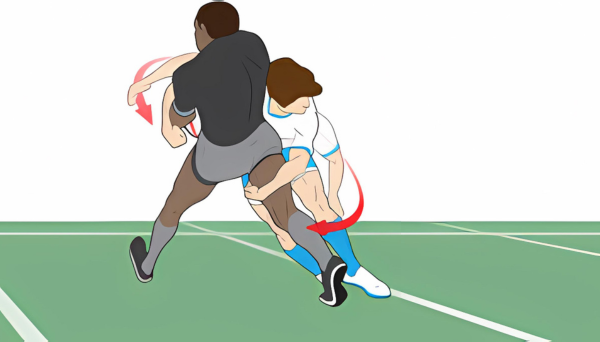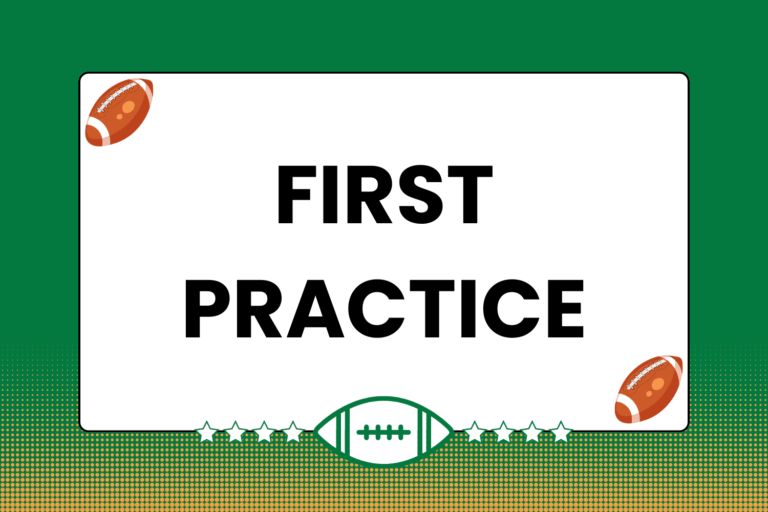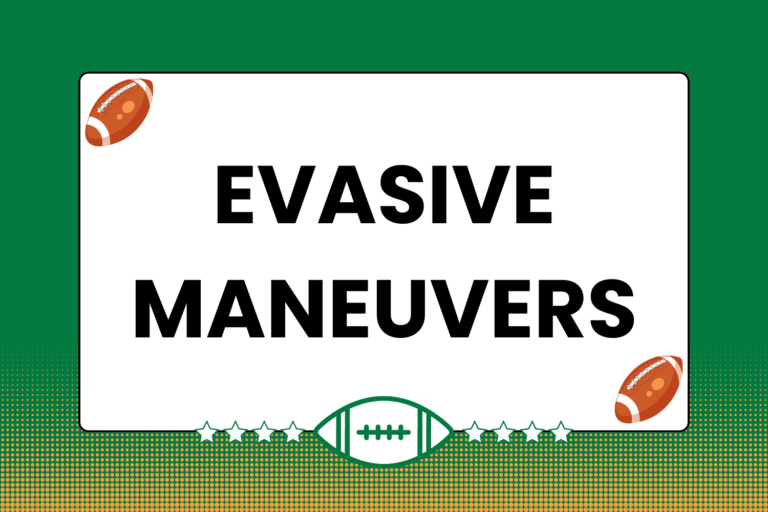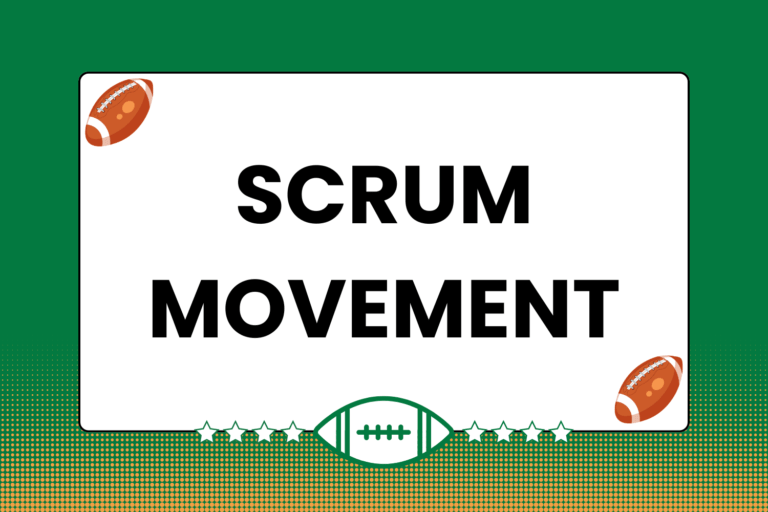The first part of the effective rugby tackle- the ‘before phase, in other words- deals with putting yourself in the right position to cleanly and easily execute a tackle on the ball carrier (if you haven’t read the “Effective Rugby Tackle: Positioning” guide yet, you may want to do so before continuing).
In the Positioning phase, the target and safe side have been picked, and the gap between the tackler and ball carrier has been closed. This guide goes on to explain how to quickly transition from your pre-tackle position, to actually carrying out the tackle.
The Science of Tackling
The key component of heading into contact is physics – specifically, the tackler’s ability to focus his/her momentum on a specific area of the ball carrier’s body. When heading into a tackle, the two important factors involved are the tackler’s body position relative to the ball carrier, and the specific part of the ball carrier’s body that is being targeted.
When heading into a tackle, one part of the tackling technique stands out as the most important: positioning.
Follow the Core
The first step when heading into contact is narrowing the focus to the target’s center of gravity, or ‘core’. The core refers to the middle of the ball carrier’s body, where the center of gravity is located. The easiest way to focus on the core is to target the ball carrier’s hips or waist line.
Other parts of the ball carrier’s body can be misleading: The eyes look one way, and the ball carrier runs the other; the ball goes one way in a dummy pass, the ball carrier runs the other; the shoulders, legs and head are all constantly moving. The core tells where the ball carrier is going every time.
Positioning is Crucial
There are several steps involved in getting into position for a tackle:
Step 1: Get Low
The tackler should come in at a running crouch to lower the center of gravity, with the legs bent so he/she can drive through the ball carrier when delivering the tackle. In a tackle, the player with the lowest center of gravity usually wins.
Step 2: Head Up, Eyes Open
The terms ‘head up’ and ‘eyes open’ refer to the very human instinct of wanting to prevent injury to oneself when in a physical confrontation—namely, closing the eyes and lowering the head to protect them. However, running at someone with the head down and eyes closed makes for a very difficult tackle, not to mention a greater chance of injury to the tackler.Train yourself to overcome these instincts as much as possible, both to keep yourself safe and to be able to adjust your approach to the tackle.
Step 3: Arms in, Legs Pumping
The instinct to spread the arms out wide immediately before making a tackle is understandable: An extended reach covers more distance, and when contact is made, the arms can come together for extra security. In reality, spreading the arms out forces the hands and fingers to make the tackle, instead of the shoulder and body. The hands and fingers are nowhere near as strong as the shoulder and body.
- To combat this instinct, the tackler’s elbows should be stuck to the sides of his/her body as though glued, and the hands should be slightly higher than the elbows with the palms facing the target.
- Keeping the arms in concentrates the momentum of the tackler to the middle of his/her body, and makes it easy to deliver that momentum through the shoulder and into the ball carrier.
Most tackles are approached while both the ball carrier and tackler are moving. The ball carrier should constantly be trying to move forward, which means that every potential tackler (defensive player) should be ready to move in response. Changes in speed will occur, but it’s much easier to change direction or speed up when the feet are moving compared to when a player is standing completely still. Short, choppy steps are the best way to retain some of the momentum generated by running at full speed while still being able to quickly change direction and/or speed.
Step 4: Head on the Safe Side!

Say the ball carrier and tackler are facing each other. Regardless of which way the ball carrier goes, the tackler will want his/her head on the outside of the ball carrier’s body. If the ball carrier runs toward the tackler’s left side, the tackler’s head goes to the right of the ball carrier so it’s not between the ball carrier and the ground. And if the ball carrier goes right, the tackler’s head goes on the left side.
The tackler, if successful, will be bringing the ball carrier to the ground. It’s a really bad idea for the tackler to put his/her head between the ball carrier and the ground during a tackle – if it doesn’t result in severe injury, at the very least it will hurt terribly. Keeping the head on the safe side helps the tackler avoid injury and maintain control of the ball carrier through the tackle.
Common Contact Mistakes
- The tackler plants the feet.
- The tackler watches the wrong part of the ball carrier’s body.
- The tackler reaches out with the arms.
- The tackler’s head goes down.
- The tackler forgets to go to the ‘safe side’.
Think Fast
This may seem like a lot to think about for an action that gets carried out so quickly, but the better each part of tackling is understood, the easier it will be to routinely and easily make tackles all over the field. Continue on to the “Effective Rugby Tackle: Finishing” guide to learn about how to ensure your tackling form is as solid as possible.





